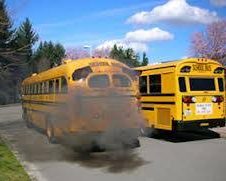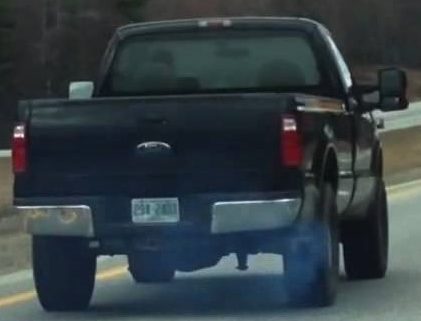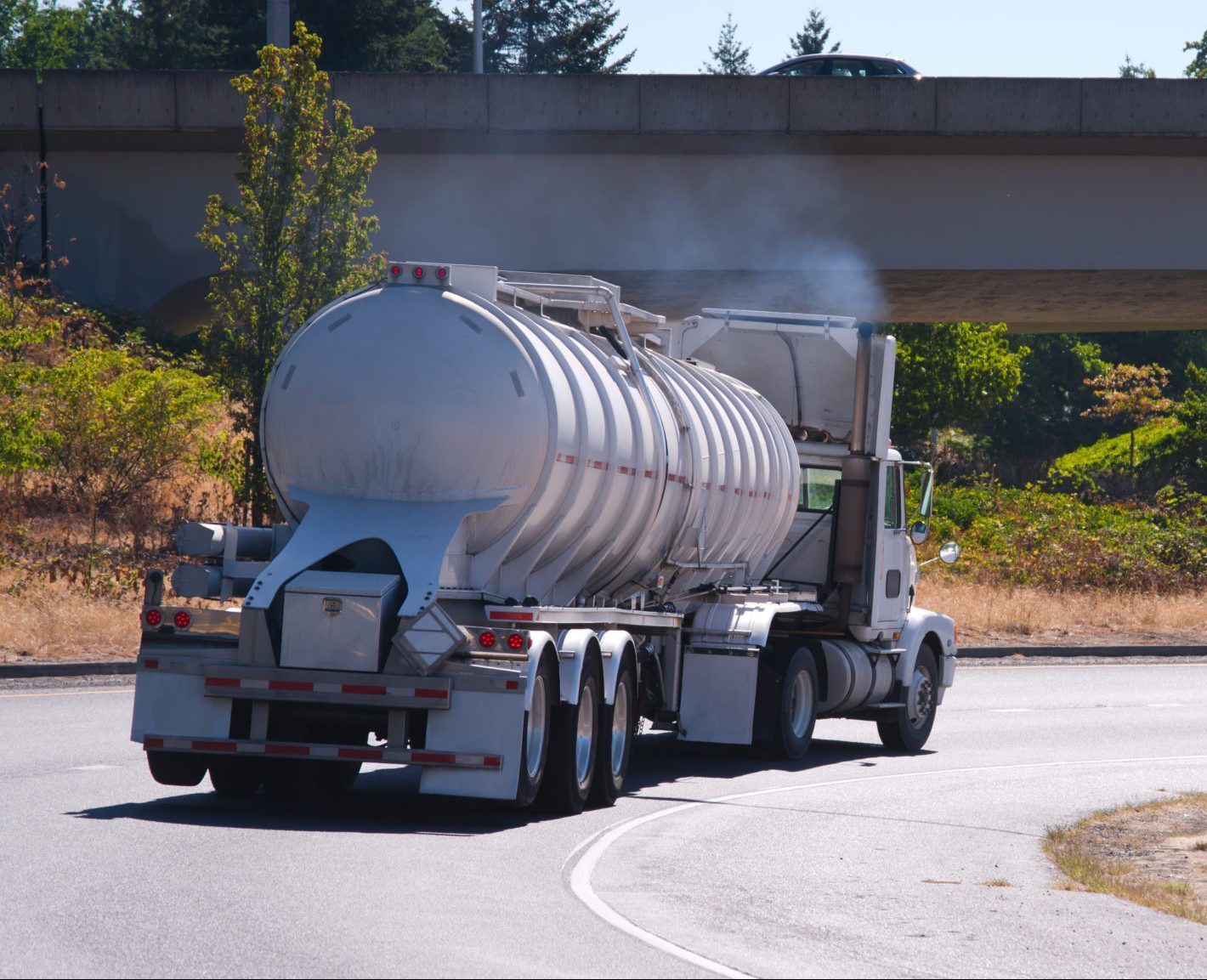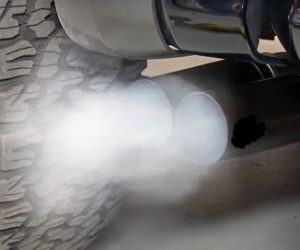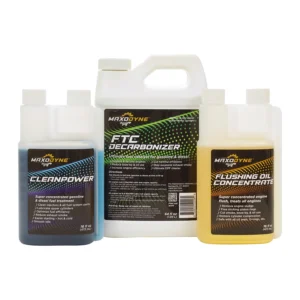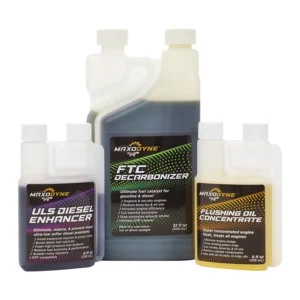Exhaust Smoke
If your vehicle or machine has visible exhaust smoke coming from anywhere, you have a problem!
The color of engine exhaust smoke and when it occurs can tell you a lot about your engine’s condition. Basically, there are three types of smoke…
BLACK EXHAUST SMOKE
Black smoke is most commonly emitted from diesel engines or older gasoline engines, and indicates poor, incomplete combustion of the fuel. Causes can vary widely but can include:
- Fouled or worn injectors
- Over-fueling
- Faulty turbocharger
- Poor quality fuel
- Excessive carbon build-up in combustion and exhaust spaces.
In older technology diesels, black smoke can occur across the entire operating range, but is usually worst under full power or during the lag before the turbocharger boosts air supply to match the fuel input. Except for moderate turbo lag smoke, black smoke should be hardly visible in a correctly running engine. In modern high-tech computer-controlled engines, either gasoline or diesel, any visible smoke emissions indicate a problem.
BLUE EXHAUST SMOKE
Blue smoke is caused by oil burning. The oil can enter the combustion chamber from at least 6 sources:
- Cylinder and/or piston ring wear
- Worn valve guides and/or faulty seals
- Cylinder glaze
- Piston ring sticking
- Incorrect grade of oil (oil too thin and getting past rings, valves, etc)
- Fuel dilution of the oil (oil thinned out with fuel)
At cold start, blue smoke is often evident and can mean reduced oil control due to fouling deposits around the piston rings and cylinder glaze. Blue smoke should not be evident at any stage. Even an engine in good condition can burn quite a lot of oil without evidence of blue smoke. This is because it has good compression and burns the oil quite cleanly.
However, it is not at all acceptable for any new engine to burn large amounts of oil, especially after a few thousand miles of "bedding-in" the new engine.
WHITE EXHAUST SMOKE
White smoke is caused by unburned diesel fuel leaving the combustion chamber and entering the exhaust system. That's not a good sign! Common causes include:
- Incorrectly set fuel injection timing
- Faulty fuel injectors
- Low cylinder compression (e.g. caused by leaking valves, piston rings sticking, cylinder and/or ring wear or cylinder glaze)
When white smoke occurs at cold start and then disappears as the engine warms up, the most common causes are fouling deposits around piston rings and/or cylinder glazing, and/or sticking diesel injectors.
That's the bad news...
Low-cost solution to most exhaust smoke problems
Here's the good news - before spending wads of cash having fuel injectors replaced, fuel pumps overhauled, new or rebuilt turbochargers fitted, or an engine rebuild, usually the smoke problems your engine is exhibiting can be solved by using FTC Decarbonizer, Flushing Oil Concentrate, Cleanpower (or ULS Diesel Enhancer) in combination known as the Stop Smoke Gasoline Pack, or especially for modern High Pressure Injection diesel engines (CRDi, HEUI and HPCR), the Stop Smoke Diesel Pack. These products are proven to be highly effective at fixing most exhaust smoke problems, especially the particular problem of white smoke on cold starts with diesel engines.
Continuous, long-term evidence of any exhaust smoke may indicate a mechanical defect, incorrect setting or external factor.
-
Stop Smoke Gasoline Pack™
Buy Now This product has multiple variants. The options may be chosen on the product page
-
Stop Smoke Diesel Pack™
Buy Now This product has multiple variants. The options may be chosen on the product page

